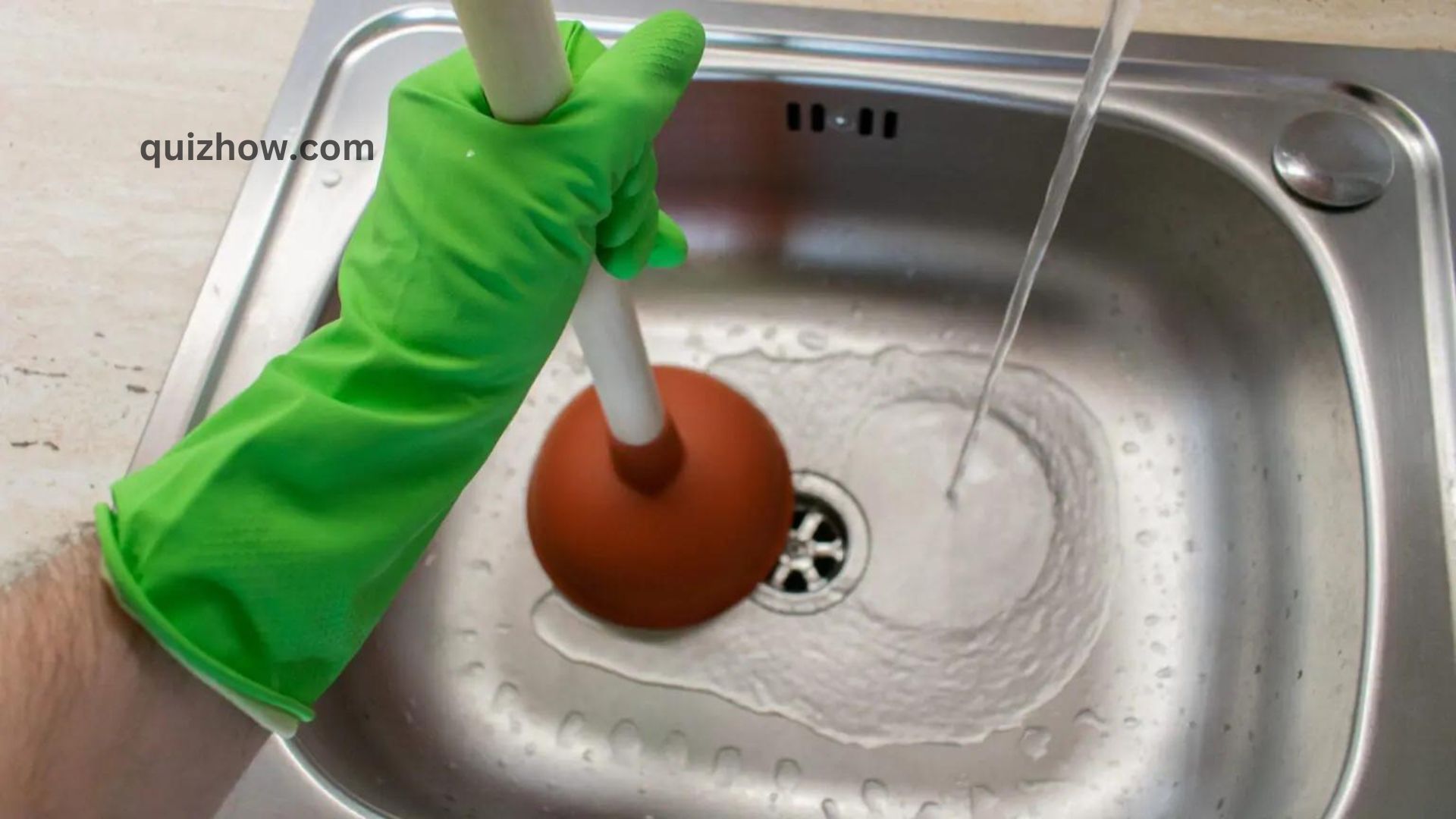Have you ever woken up to find your sink clogged or your shower freezing cold? Plumbing problems are a common headache for homeowners, testing both our patience and our wallets. But what if you could handle some of these issues yourself before they turn into emergencies? In this article, we’ll explore some of the most common plumbing problems, give you easy tips to fix them, and help you decide when it’s time to call in a professional.
Whether it’s a leaky faucet or a clogged toilet, plumbing issues can be more than just annoying—they can raise your water bill and cause serious damage if not fixed. If you’re dealing with a dripping tap, a slow-draining sink, or low water pressure, we’ve got practical solutions to help you take control of your home’s plumbing.
Of course, not every problem can be fixed with a DIY approach. That’s why we’ll also help you figure out when it’s best to call a plumber, especially for big issues like major water line problems or persistent issues with your water heater. Knowing when to bring in a professional can save you from making things worse and prevent costly repairs down the road.
Dripping Faucets and Leaky Pipes
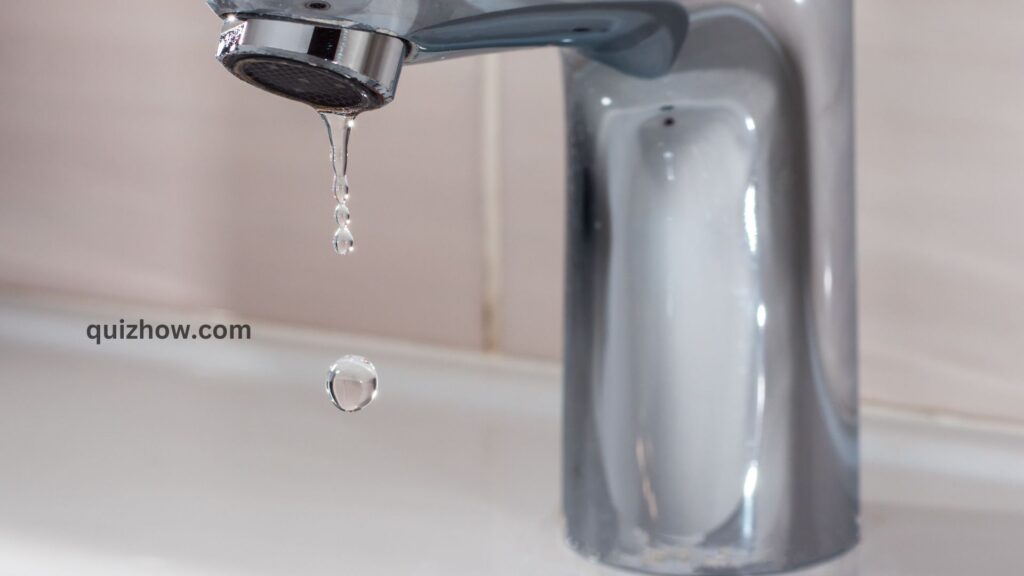
The Problem
A faucet that won’t stop dripping or a leak under the sink isn’t just annoying—it can waste a lot of water and drive up your bills. Dripping faucets usually happen because of worn-out washers or O-rings, while leaky pipes often come from corrosion or loose connections.
The Fix
- For Faucets:
- First, turn off the water supply. Next, take off the faucet handle and replace the worn-out washer or O-ring. Finally, put everything back together and test it to make sure it’s working.
- For Pipes:
- Find where the leak is coming from. If the pipe is just loose, tightening the connection might fix it. For small leaks, you can use epoxy putty or a pipe clamp as a temporary fix until you can get a professional to take a look.
Our Insight:
Regularly checking your pipes and faucets for any moisture or rust can help you spot leaks early, before they cause big problems.
Clogged Drains and Toilets
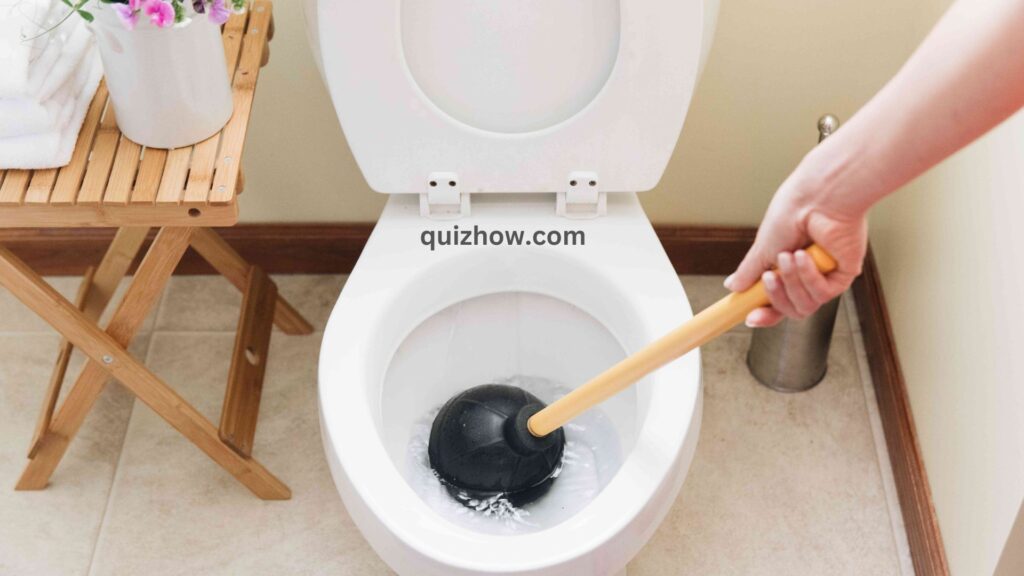
The Problem
Clogs are a common problem in drains and toilets, causing slow drainage or even backups. They’re usually caused by things like foreign objects, too much toilet paper, or a build-up of hair and grease.
The Fix`
- For Drains:
- Use a plunger or a plumber’s snake to clear the blockage. For minor clogs, try using a mixture of baking soda and vinegar to help dissolve them.
- For Toilets:
- A plunger made for toilets usually works well. If the clog is stubborn, a toilet auger can go deeper into the drain to clear it.
Our Insight
Some people suggest using chemical cleaners, but these can damage your pipes over time. A safer and more eco-friendly option is to pour boiling water mixed with dish soap down the drain to tackle grease-related clogs.
Running Toilets
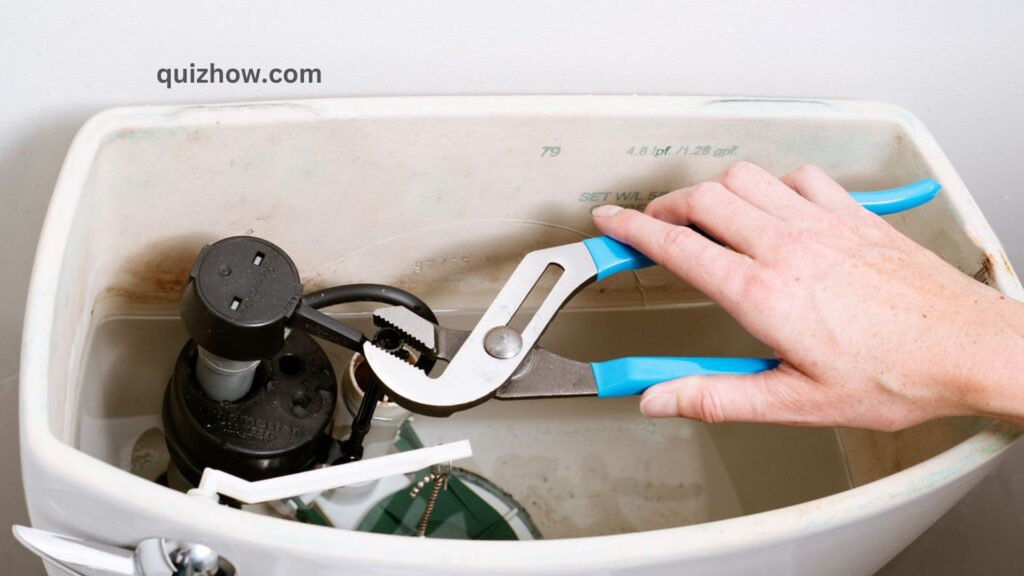
The Problem
A running toilet can waste a lot of water every day, which can really drive up your water bill. This problem is usually caused by a faulty flapper valve or an uneven float.
The Fix
- First, check the flapper valve and replace it if it’s not sealing properly. Then, adjust the float so that the water stops filling at the right level.
Our Insight
Add some food coloring to the tank to help spot leaks. If the colored water shows up in the bowl without flushing, you’ve got a leak.
Low Water Pressure
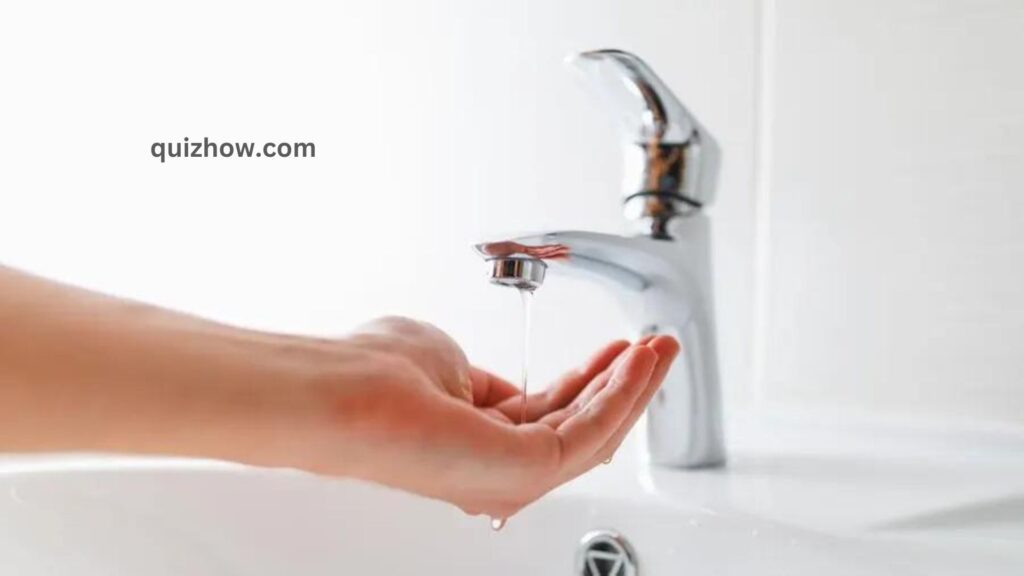
The Problem
Low water pressure can be really annoying for everyday tasks. It’s often caused by clogged aerators or problems with your main water line.
The Fix
- To clean your faucet aerators and showerheads, just soak them in vinegar.
- If you’re still having issues all over the house, it might be a sign that there’s a problem with the main water line. You’ll probably need a professional to check it out.
Our Insight
If you have a water softener system, make sure to check it regularly. This helps prevent sediment from building up, which could affect your water pressure.
Water Heater Issues
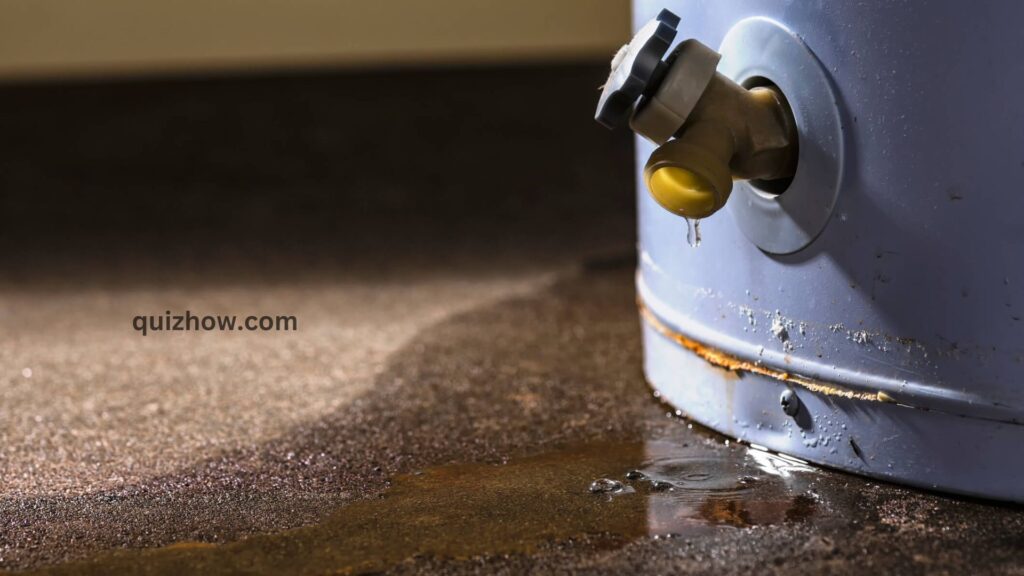
The Problem
If you’re not getting hot water, hearing strange noises, or seeing discolored water from your water heater, it could mean something’s wrong. This might be due to sediment build-up or issues with the heating elements.
The Fix
- To keep your tank in good shape, flush it once a year to avoid sediment build-up.
- Make sure the temperature setting is high enough—it might be set too low.
- Also, check the heating elements or the pilot light in gas heaters to see if there are any problems.
Our Insight
Wrapping insulation around older water heater tanks and pipes can make them work more efficiently and keep heat from escaping. This simple step can also help your water heater last longer.
Also Read: Upcycling Old Furniture: Creative Projects to Try
Sewer Line Backups
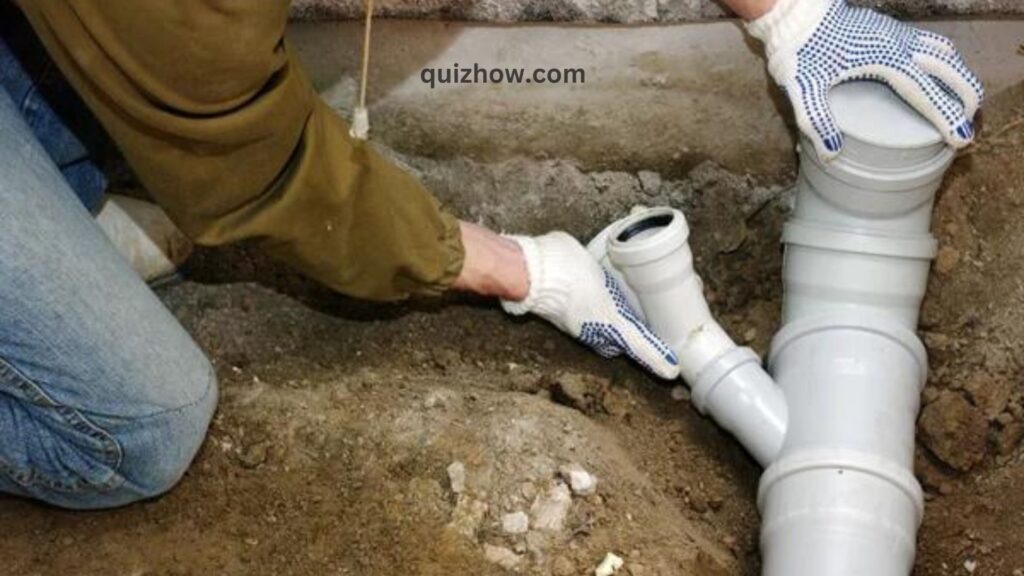
The Problem
Sewer line problems can be a big deal, causing backups and standing water in your yard. Common issues include tree roots, blockages, or broken pipes.
The Fix
This is usually something for the pros, but you can help by:
- Not planting trees close to sewer lines.
- Using enzyme-based cleaners once a month to cut down on build-up that might attract roots.
Our Insight
New methods like trenchless sewer repair can fix your pipes without digging up your yard. It’s a handy detail that often gets overlooked when talking about sewer line repairs.
Recognizing When to Call a Professional
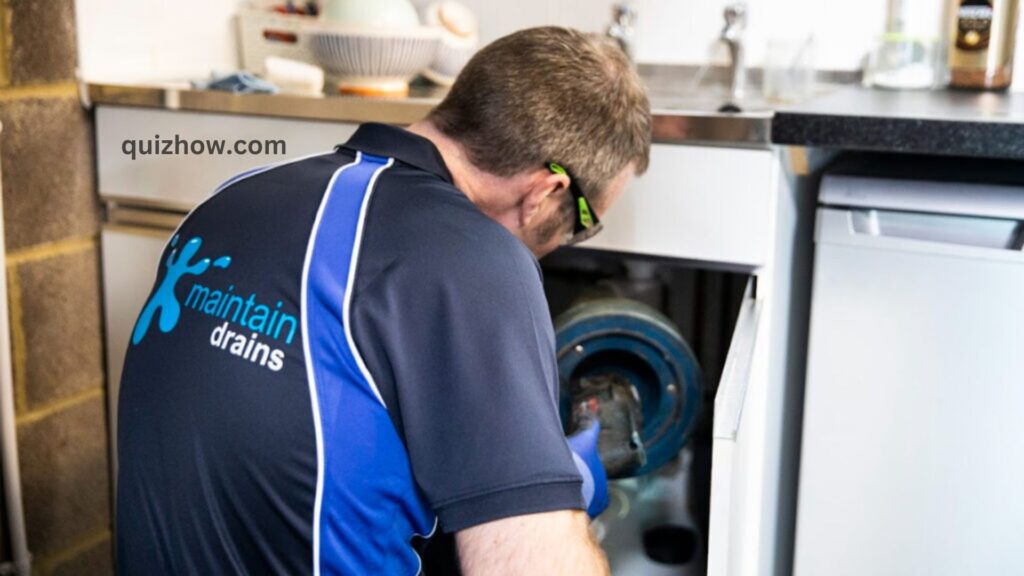
Navigating Common Plumbing Problems from Leaky Faucets to Sewer Line Issues
When dealing with common plumbing issues, it’s important to know when to handle things yourself and when to call a pro. Small problems like a slow-draining sink or a dripping faucet are usually fixable at home. However, some situations need expert help:
- Persistent Clogged Toilets: If a plunger or auger doesn’t clear the clog, it’s time to call a professional.
- Leaky Faucets: If your faucet keeps dripping after you’ve replaced washers or O-rings, there might be a bigger problem.
- Major Water Main Issues: These need special equipment and expertise because they can cause significant water damage. Trying to fix them yourself can make things worse, so it’s best to call a pro.
- Malfunctioning Hot Water Heaters: If you still have no hot water after troubleshooting, a plumber can help diagnose and fix the issue.
- Ongoing Kitchen Sink Problems: Regular clogs or leaks may need expert attention.
Trying to fix these issues on your own might lead to more damage, higher costs, and safety risks. A professional plumber can accurately diagnose the problem and offer effective solutions, keeping your plumbing system running smoothly and preventing future issues. While DIY fixes are tempting, knowing when to get professional help is crucial for maintaining your home’s plumbing.

Mastering Home Plumbing: Tackling Common Issues from Leaky Pipes to Main Water Line Fixes
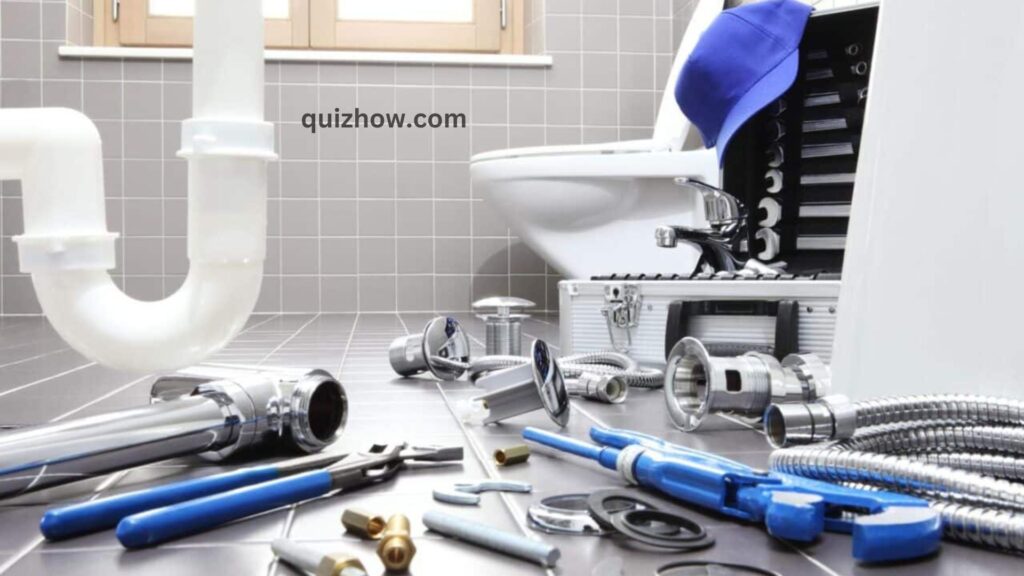
Mastering Home Plumbing: Handling Leaky Pipes and Main Water Line Fixes
As we wrap up our guide on fixing common plumbing issues, it’s clear that a mix of DIY skills and professional advice is crucial for keeping your home’s plumbing in top shape. Whether you’re dealing with small leaks or major water line problems, this article has given you the tools to tackle a variety of plumbing challenges with confidence.
Key Takeaways:
- DIY Plumbing Repairs: Learn how to handle minor leaks and clogs with easy techniques that can save you both time and money.
- Spotting Serious Issues: Understand how to identify signs that a plumbing problem is too complex for a DIY fix and needs a pro.
- When to Call a Professional: Know when to get a plumber for more complicated issues like water heater problems, leaking pipes, or sewer line troubles to keep your system running smoothly.
- Preventative Plumbing Maintenance: Adopt proactive steps to avoid common issues, reduce potential damage, and save water.
While many plumbing tasks are manageable on your own, knowing when to call a professional is invaluable. By combining DIY fixes with expert advice, you can keep your plumbing system in great shape, protecting your home from damage and avoiding unnecessary costs.
For homeowners, plumbing maintenance is an ongoing journey. With these insights, you’re now better equipped to handle plumbing challenges and keep your home comfortable and safe for everyone.


